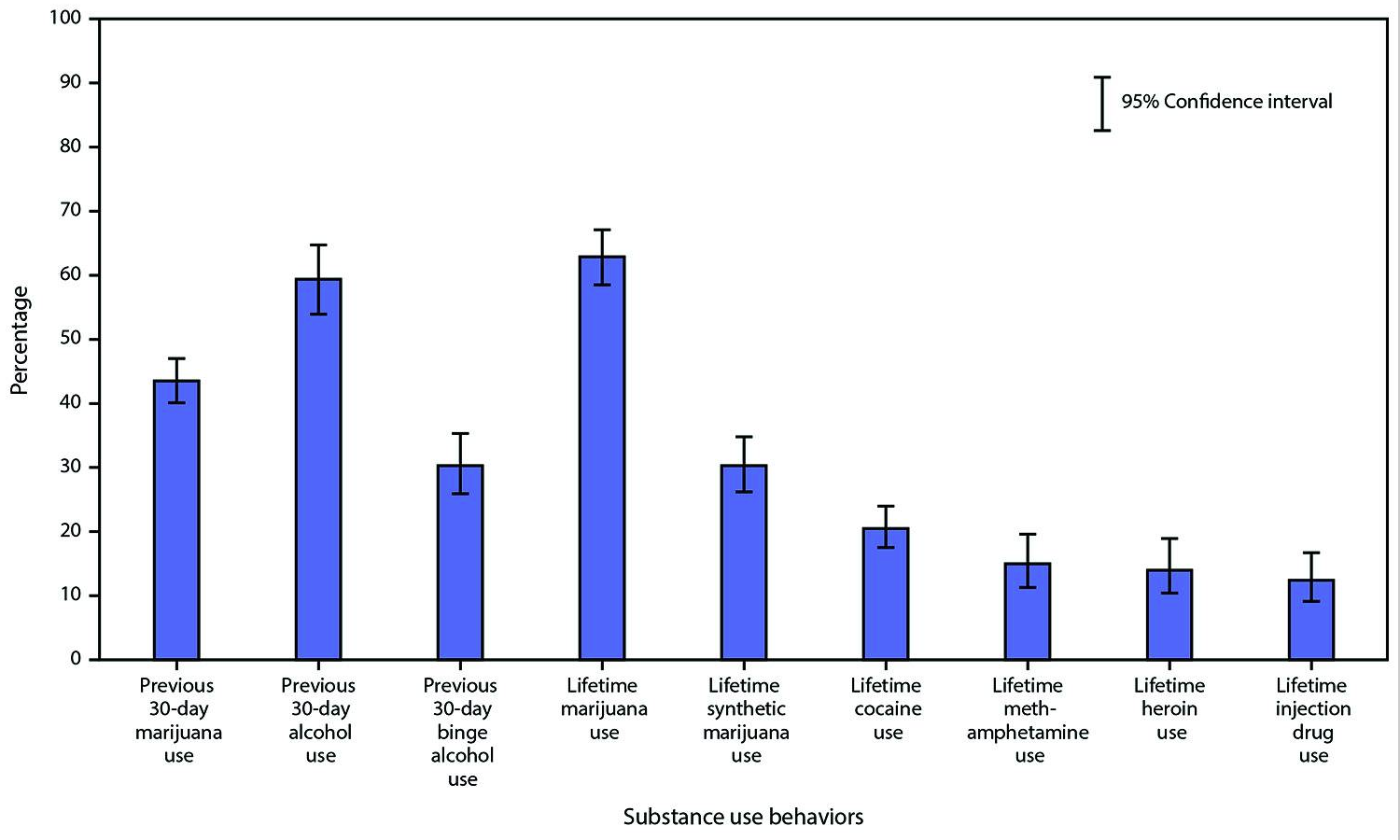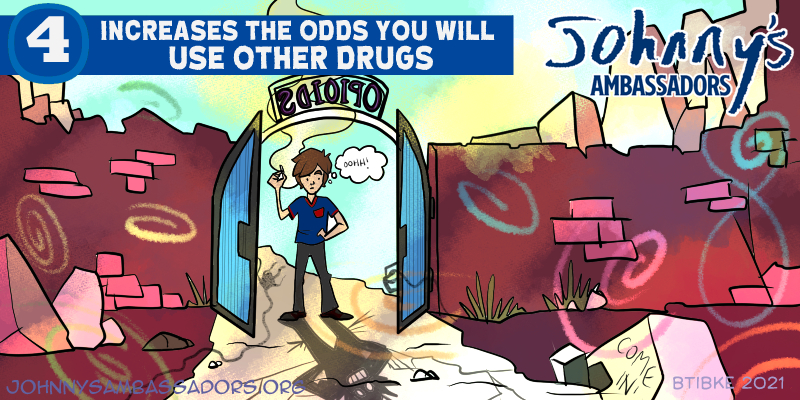By Laura Stack
Of all the Dirty Dozen, #4 on the list may just have the highest number of people attempting to oppose marijuana’s role as a “gateway drug.” If you’re new to this community, a gateway drug is a habit-forming substance that, in some users, lowers the threshold that keeps them from using other addictive substances. I would say “harder” drugs, but modern high-potency marijuana is just as addictive as heroin or crack—though it’s being marketed openly like tobacco and alcohol.
Back in Dirty Dozen 2, I discussed the fact that marijuana makes you dumber, as proven in studies like this one and this one, which followed large groups of individuals of approximately the same age for long periods of time, in some cases decades. They revealed an IQ drop in the frequent marijuana users in the group, ranging from 2-8 points depending on the study. Disbelievers claim it’s the lifestyle, rather than the marijuana, or possible family social issues, causing the IQ loss.
Now the apologists try to convince you marijuana probably isn’t a gateway drug, with excuses ranging from social and family factors, to easy availability of marijuana, genetic predisposition toward addiction among heavy users—oh, and by the way, alcohol is a much worse gateway drug. (By the way, so what? I never said marijuana is the only gateway drug; I said marijuana is a gateway drug.)
Hmmm, have we heard all this before? Oh, yeah. Chicken, meet egg. Egg, chicken.
But Now Let’s Look at the Facts
When marijuana can no longer excite the common pathway as the drug’s receptors become desensitized, the user switches to a new drug. The addiction to marijuana is no longer satisfying. Research has confirmed that marijuana acts as a gateway drug for many users.
This can happen because the pathways to addiction with different drugs share common features. The common mechanism via dopamine is also the case for the effect of THC.
There’s no doubt social factors do play a role in any form of addiction, and it’s easy to see those legal drugs—marijuana and alcohol especially—really are easier for younger people to access than other drugs. But marijuana—especially high-potency modern marijuana—significantly interferes with adolescent brain development. This can cause what amounts to brain damage and its secondary effects, including opening up young people to a greater likelihood of addiction to opioid drugs, perhaps by altering the normal “gene expression” of crucial brain cells. In other words, marijuana keeps some very important neurons from developing normally and completely.
Of course, other factors also contribute to the gateway effect. As addiction psychiatrist Elizabeth Stuyt pointed out in Missouri Medicine in 2018,
The reasons why adolescents are at such great risk for developing an addiction to drugs or alcohol is because this is a period with increased neurobiological based tendencies for risk taking with decreased suppressive and regulatory control, and this is a period of decreased parental monitoring and increase in peer affiliations, a “perfect storm.”
This presents a significant “problem with the current high potency THC marijuana,” as referenced in the title of her article, since, as she also points out, “the increased potency makes [marijuana products] potentially more dangerous and more likely to result in addiction.” She notes heavy users are also more likely to go on to use other drugs, including prescription opioids, based on medical studies. This contributes to the argument that cannabis use lowers the threshold of addiction for other drugs.
Currently, the U.S, is undergoing an epidemic of opioid drug addiction and associated deaths, and again, early marijuana use, especially among adolescents, is unequivocally associated with the later use and dependence upon other illicit drugs. Health care professionals have known this for a while now; for example, a 2013 study noted, “Prior alcohol, cigarette and marijuana use were each associated with current abuse of prescription opioids in 18–25 year old men, but only marijuana use was associated with subsequent prescription opioids in young women.”
And it’s not just opioids. While the two groups examined in this 1999 study by the American Academy of Pediatrics were significantly different, the authors found that adolescents who used marijuana were 104 times more likely to abuse cocaine than youths who didn’t use marijuana. Not 104% more likely. A full 104 times more likely.
The Centers for Disease Control Youth Risk Behavioral Study in 2019 showed that HAVING EVER USED marijuana was the TOP co-occurring substance use behavior for high school teens who have abused opioids in the past 30 days, even OVER ALCOHOL use in the past 30 days (see graph below):

So, when you’re out there sharing Johnny’s Ambassadors mission to educate parents and teens about the dangers of today’s high-THC marijuana on adolescent brain development, mental illness, and suicide, remember scientific evidence is consistent with the concept of marijuana as a gateway drug, and there’s plenty of research to back it up. It really is that simple.
If your kid or anyone else tries to pull out the old, tired, “it’s not really a gateway drug” argument, even using the opinions of some fringe scientists and random “surveys” that aren’t peer-reviewed in scientific journals, nip it in the bud with all these studies. We know better now. Pot may be a plant and natural, but alcohol, cocaine, and opium start out that way too—and no one argues against them being gateway drugs. It’s just the marijuana industry defending “their medicine,” so understand it’s really all about fear.


